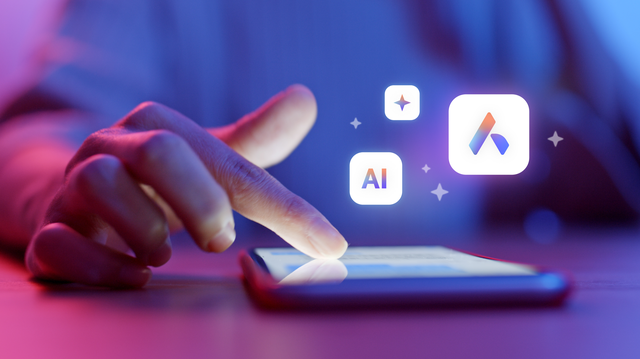How to use AI without giving up your privacy

Imagine this. You ask your phone’s voice assistant to find the nearest coffee shop. It responds in seconds, knows your favorite order, and even predicts when you'll want it. It's seamless, helpful, and powered by artificial intelligence. But what did you trade for that convenience?
The rise of AI in daily life raises an important question. How much personal data are we giving up in exchange for smarter technology? More importantly, is it possible to use AI without sacrificing privacy?
The answer is yes. But it requires awareness and a few smart choices.
AI is already everywhere and often invisible
Whether you're using predictive text while messaging, generating playlists on Spotify, or getting shopping recommendations on Amazon, AI is working in the background. It’s built into the tools we rely on every day.
Take search engines. Many now use AI to guess what you’re typing before you finish, surfacing results based on your history. Email apps can suggest replies based on your tone and behavior. It feels like magic. But this magic often runs on your data.
The trade-off between intelligence and privacy
AI learns by identifying patterns. The more data it processes—your interests, habits, language, or location—the more useful it becomes. This is especially true for cloud-based AI that processes inputs on remote servers.
Privacy concerns aren’t theoretical. If your prompts to a chatbot or your browsing history are stored, analyzed, or sold, you've handed over personal information. Often, this happens by clicking “accept” on a terms-of-service agreement.
Not all AI works this way. And not all tools require you to surrender your privacy.
How to use AI without giving up your privacy
Privacy-preserving AI is available now. You can use intelligent tools while maintaining control over your data. Here are practical ways to do that.
Choose AI that runs on your device
Privacy concerns often stem from sending data to the cloud. Some AI models run directly on your device, keeping data local.
Apple’s iOS and macOS use on-device AI for facial recognition, text prediction, and photo sorting. Since the data stays on your device, it's not shared externally.
Google’s Android has also integrated more on-device AI for voice typing and photo processing. While Google’s ecosystem is generally data-heavy, these features prove that private AI is possible.


Use browsers that prioritize local AI and privacy
Your web browser is a key point of control. Some modern browsers are designed with privacy in mind.
The Opera browser is a strong example. It integrates local AI through its native AI assistant. Unlike cloud-based models, Opera AI allows interaction without exposing your browsing history or inputs to external servers.
Opera also includes built-in VPNs, ad blockers, and tracking protection. These aren’t paid extras—they’re core features. This browser keeps up with AI while letting users stay in control.
Be careful what permissions you give AI tools
When installing a new app or AI service, it often requests permissions. These might include access to your microphone, contacts, camera, or documents. Ask yourself whether the app truly needs these to function.
A basic writing assistant, for example, doesn’t need location access or calendar integration. Without checking, you might be allowing unnecessary data collection.
Whenever possible:
- Review permission settings after installing any new tool
- Disable microphone or camera access unless actively using them
- Use app permissions dashboards on iOS and Android to monitor access
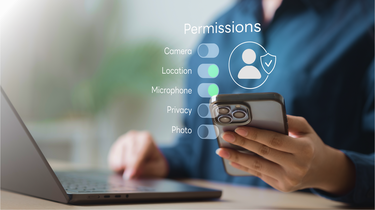
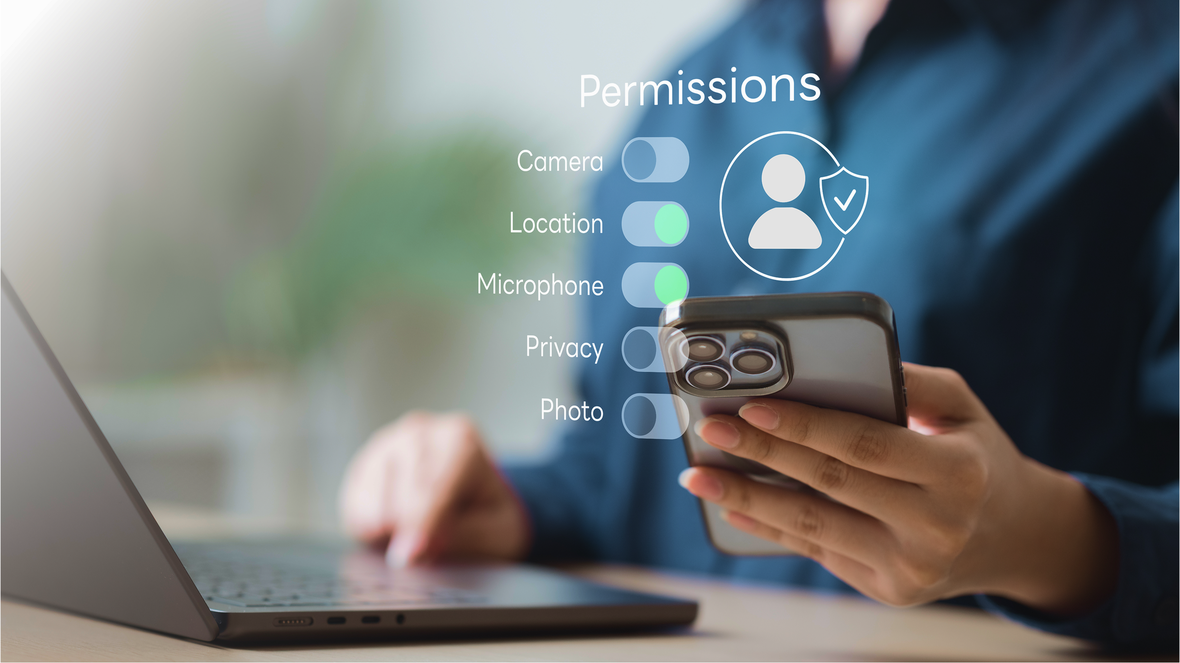
Choose tools that are upfront about their data policies
Transparency is essential. Before using an AI tool, check if the company clearly states:
- What data is collected
- Where it’s stored
- Whether it’s shared or sold
- How long it’s kept
ChatGPT, for example, allows users to disable chat history so inputs aren’t used to train models. Other tools offer encrypted local modes or private sessions.
Privacy-respecting tools won’t bury these settings. They make them easy to find and understand.
Avoid logging in unless absolutely necessary
Many AI platforms ask for account creation or logins through Google or Apple. While this enables personalization, it also centralizes your data.
When possible:
- Use tools that don’t require an account
- Choose “Continue as guest” if the option exists
- Try temporary or anonymized logins when testing platforms
The less identifying information you share, the harder it is for tools to track or profile you.
Use browser features that limit AI tracking
Some AI-driven tracking happens passively while browsing, through cookies, fingerprinting, or behavior analysis.
Browsers can help here as well. Opera’s ad blocker prevents third-party trackers that build user profiles. Its tracker blocker and free VPN mask your IP address and encrypt browsing activity. This makes it harder for AI systems to assemble a complete identity.
Opera also supports AI prompt isolation. This feature prevents your AI inputs from being linked to your broader web behavior.
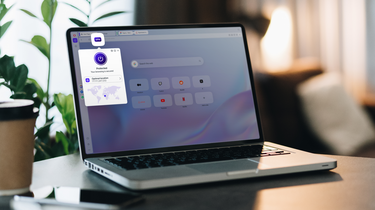
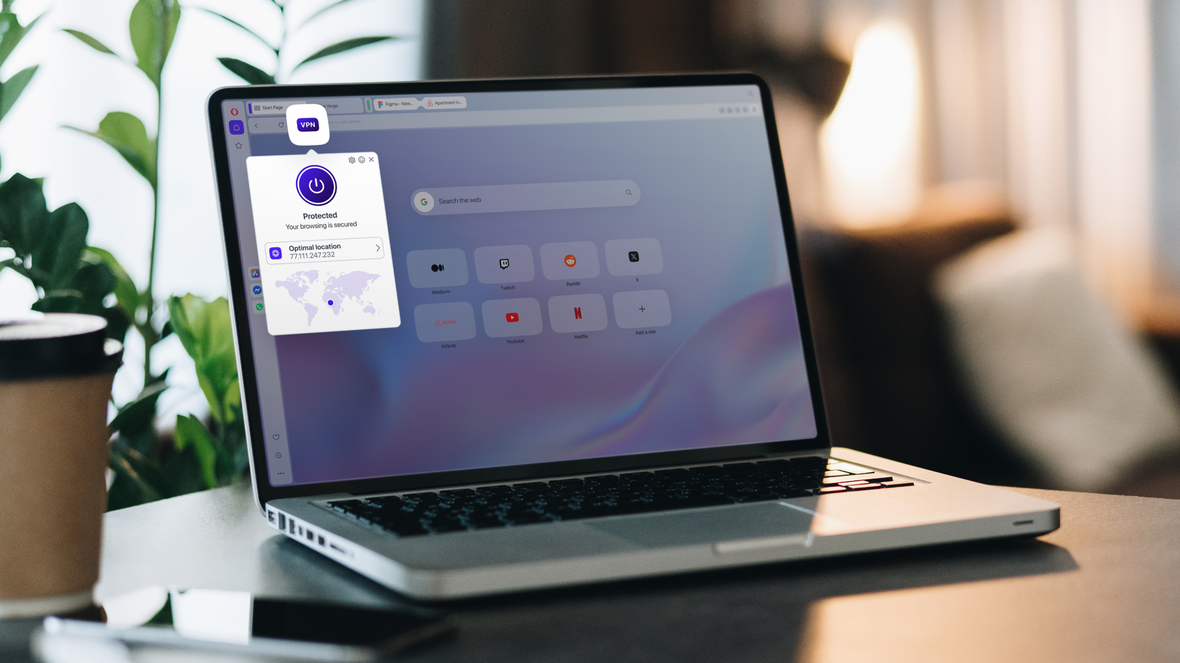
Consider open-source and decentralized AI options
Open-source AI tools don’t rely on large corporations or centralized infrastructure. These alternatives often prioritize user control and privacy.
Local LLMs like GPT4All or Mistral run entirely on your device. They may be less advanced than cloud-based models, but they’re improving fast. And your data stays with you.
Decentralized platforms like Hugging Face offer community-built models. You can even host private versions of these models yourself.
These tools require more technical knowledge, but they offer strong privacy benefits for those willing to learn.
What to watch for: red flags and green lights
To assess whether an AI tool respects your privacy, look for these signs.
Red flags:
- Vague or missing privacy policies
- Mandatory account creation
- Requests for excessive permissions
- No way to delete your data
- Tied to ad-based business models
Green lights:
- Clear privacy controls
- On-device processing
- Transparent data practices
- Minimal permissions required
- User-first design history
Privacy isn’t the opposite of progress
The debate around AI often frames privacy and innovation as opposing forces. That’s a false choice.
Many of today’s most exciting AI advances are privacy-friendly. From browsers like Opera to local models running on personal devices, the trend is clear. AI can become smarter without compromising users.
As demand for balanced solutions grows, more tools will deliver on that promise.
The takeaway
You don’t have to give up AI to protect your privacy. But you do need to make deliberate choices.
Use on-device processing. Choose browsers that prioritize privacy. Read data policies. Limit permissions and tracking. These actions keep you informed and in control.
The future of AI isn’t about machines alone. It’s shaped by the people who use them wisely.
And the smartest users will be the ones asking not just what AI can do—but how it does it.
Related articles
You deserve a better browser


Press Contacts!
Our press team loves working with journalists from around the world. If you’re a member of the media and would like to talk, please get in touch with us by sending an email to one of our team members or to press-team@opera.com



